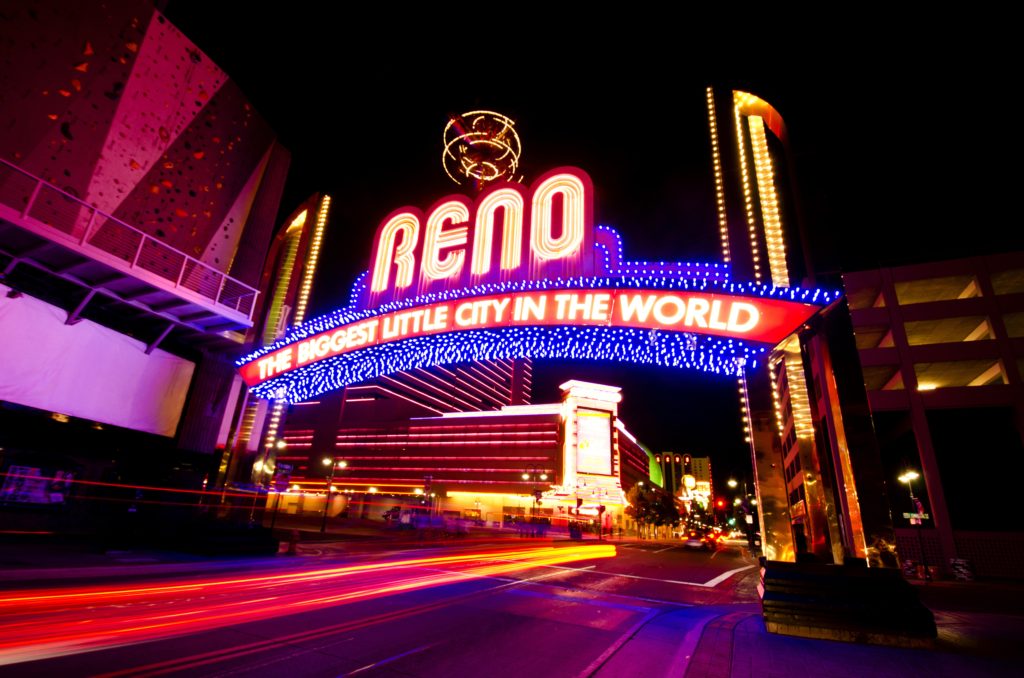
Last week, VentureBeat held its inaugural Blueprint event in Reno, Nevada. The purpose of Blueprint is to empower new technological frontiers outside of the Silicon Valley by learning from regions that have become hotbeds for innovation. Reno emerged as one such region, having recovered from a bleak employment and real estate landscape in the aftermath of the 2008 financial crisis.
Northern Nevada has since attracted tech behemoths Tesla and Google to the Tahoe-Reno Industrial Center that some are touting the “Silicon Bridge,” a term used to highlight its proximity to the Silicon Valley, as well as its emerging tech culture.
Held at the Nevada Museum of Art, Blueprint welcomed travelers from across the country with a collective mission of uncovering a system for attracting top tech talent to heartland cities. Topics included navigating an evolving employment ecosystem, making it easier for emerging businesses and industries to do adapt to featured regions, and the need to embrace new technologies. (To exemplify this forward-thinking approach to innovation, Nevada’s Governor Sandoval related a humorous anecdote during his opening remarks. He shared his experience as the first governor to ride in a self-driving car. “I can’t believe you let me do that,” he recalled telling a Google team member. The Google employee responded, “We can’t believe you did.”)
Of course, it’s impossible to talk about revolutionary tech without highlighting blockchain technology, the underlying tech behind digital currencies like Bitcoin and Ethereum. The blockchain’s ability to decentralize established systems by offering up a secure, distributed ledger to make transactions more straightforward has disruptive implications across industries.
And the Blockchain is front and center in Reno. During my time at Blueprint, I connected with a number of emerging blockchain success stories, including a company called Cycle, a private cloud development firm that’s finding a niche with blockchain startups. The Reno-based company has secured more than $675,000 in seed funding, according to its website.
What’s more, the conference was held on the heels of a major land acquisition by a little-known blockchain tech company with big plans. Blockchains, LLC purchased more than 67,000 acres of land in the Tahoe-Reno Industrial Center. The company, which focuses on developing applications for blockchain technology, has kept its plans for its newly acquired land relatively under wraps, but it foreshadows the continued bleeding edge innovation at the Tahoe-Reno Industrial Center, alongside Tesla, Google and Switch.






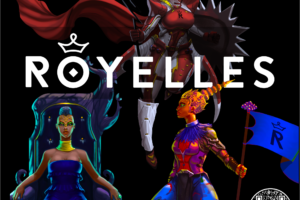

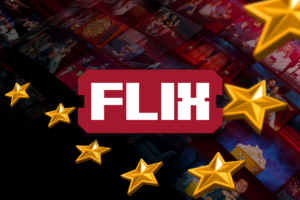

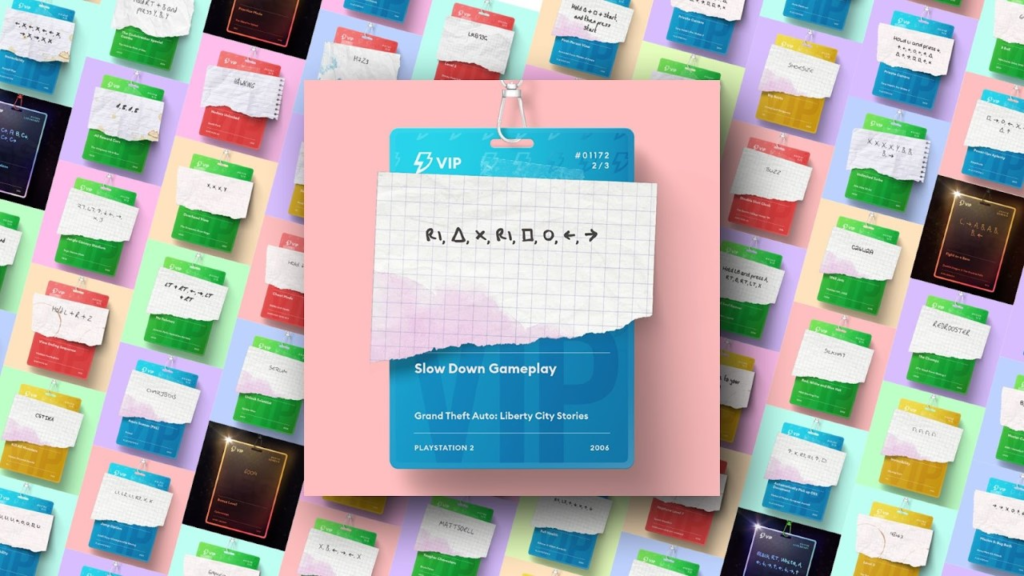
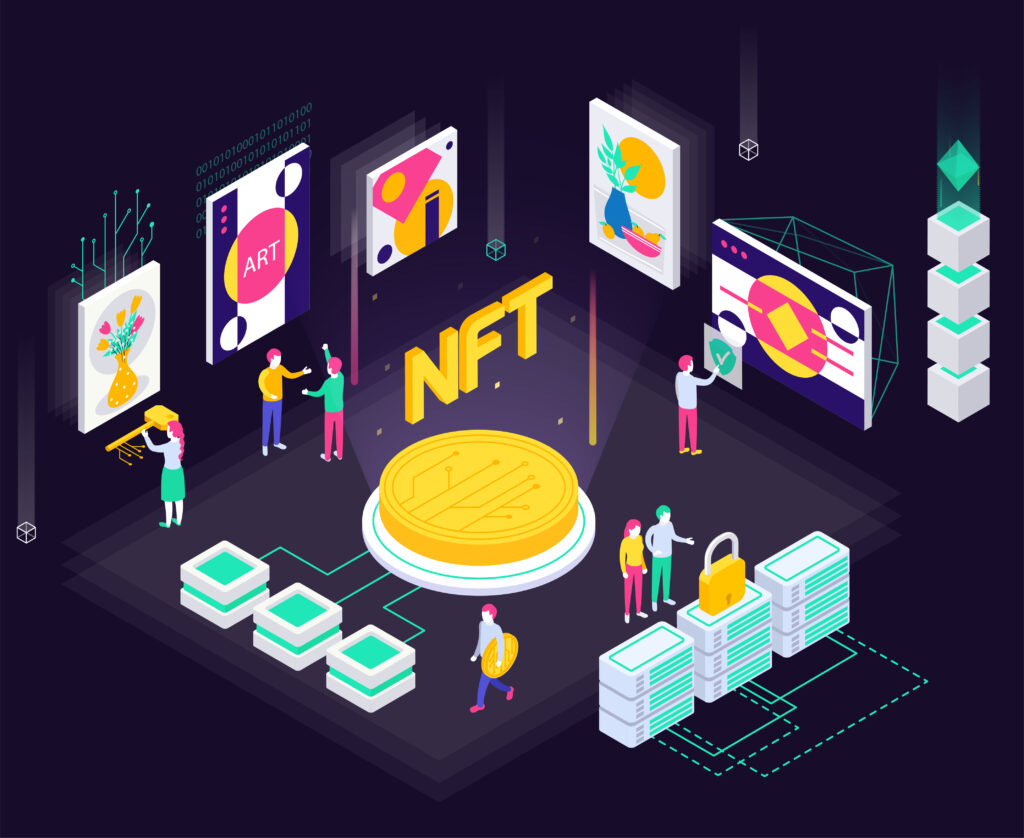




It’s a pity you don’t have a donate button! I’d without a doubt donate to this excellent
blog! I guess for now i’ll settle for bookmarking and adding your RSS feed to
my Google account. I look forward to fresh
updates and will talk about this site with my Facebook group.
Talk soon!
What’s up it’s me, I am also visiting this web site regularly, this
web page is genuinely nice and the people are actually
sharing fastidious thoughts.
Hello colleagues, its fantastic piece of writing on the topic
of cultureand entirely explained, keep it up all the time.
Hello! This is my 1st comment here so I just wanted to give a quick shout
out and say I genuinely enjoy reading your posts. Can you suggest any other blogs/websites/forums that cover the same topics?
Many thanks!
I’m extremely impressed together with your writing skills as smartly as with the structure
to your blog. Is that this a paid subject matter or did you
modify it your self? Either way stay up the nice high quality writing, it’s
uncommon to see a great blog like this one nowadays..
I do agree with all the ideas you’ve introduced in your post.
They’re very convincing and will definitely
work. Nonetheless, the posts are too short for novices.
May you please extend them a little from subsequent time?
Thank you for the post.